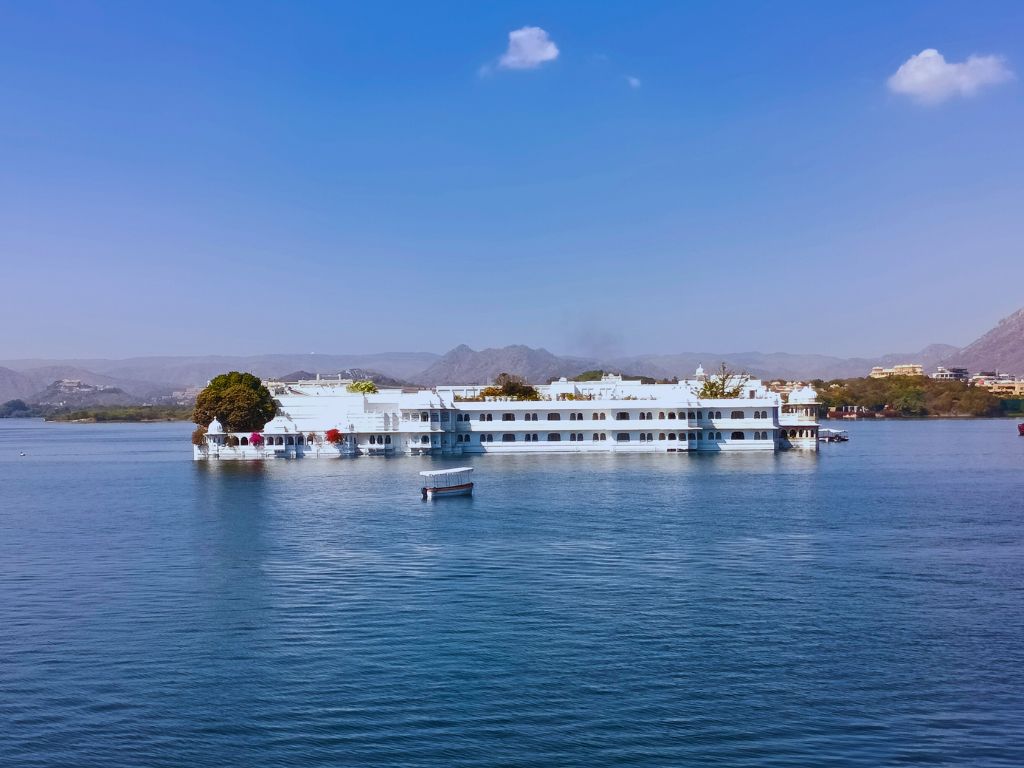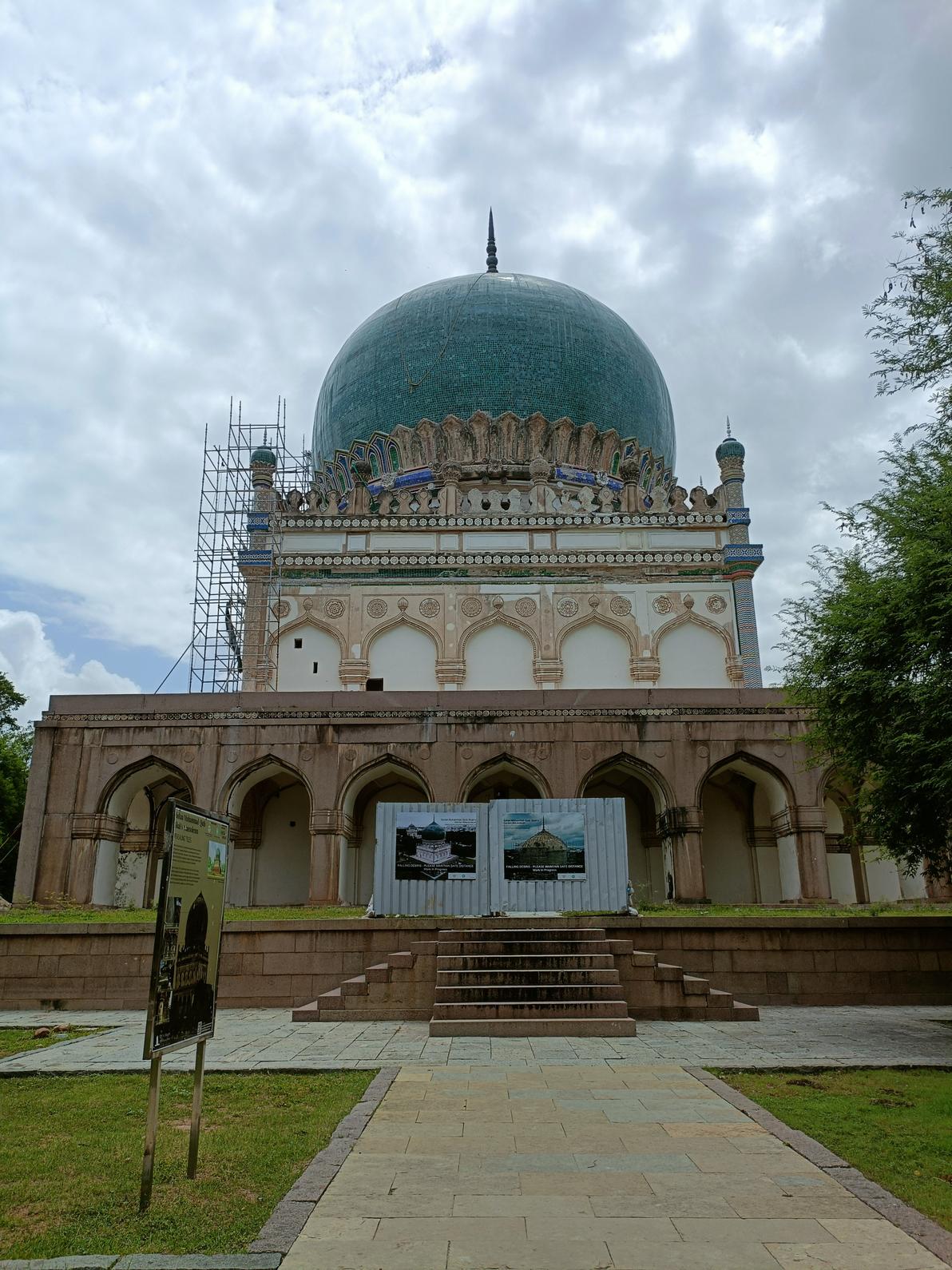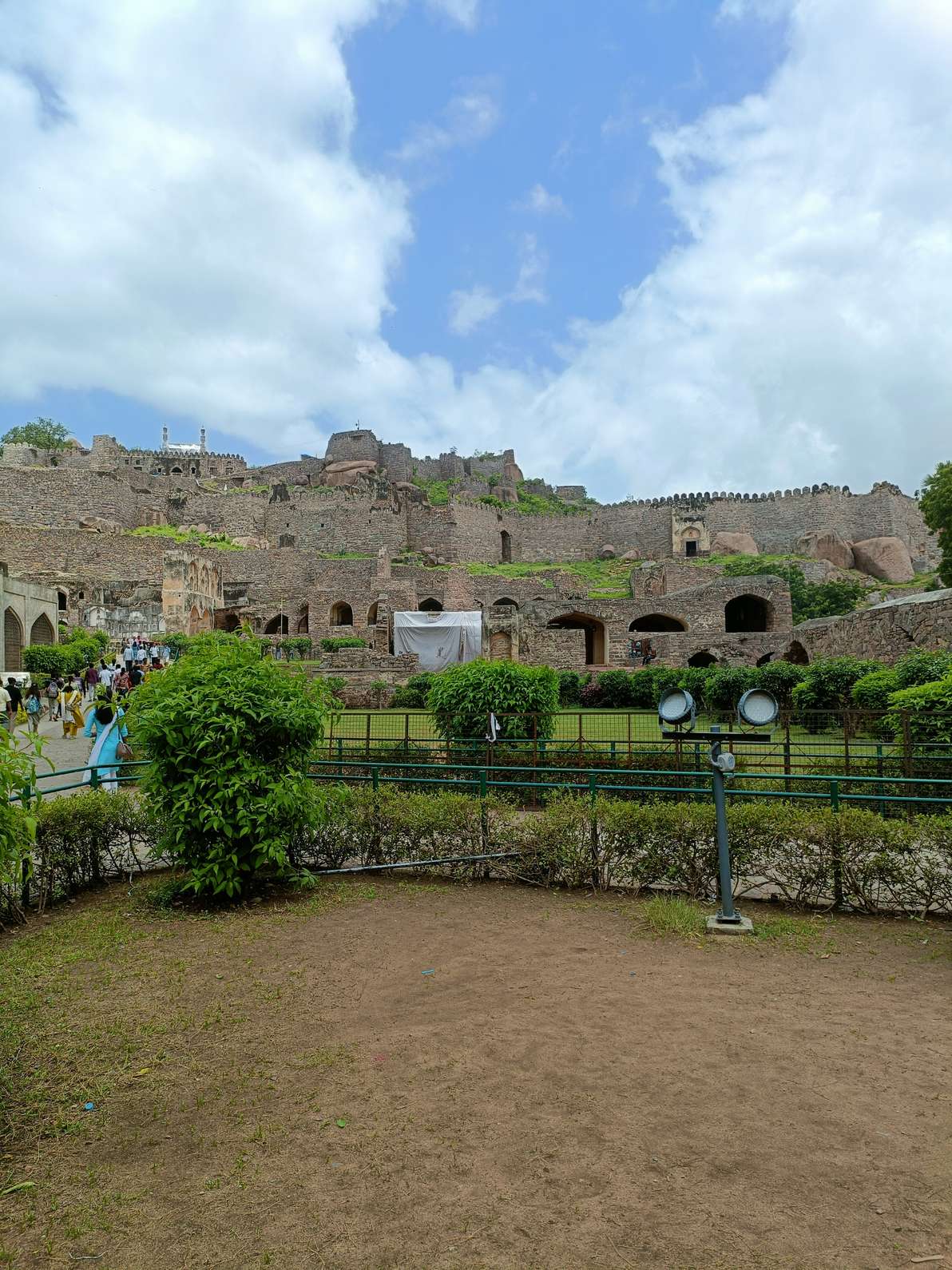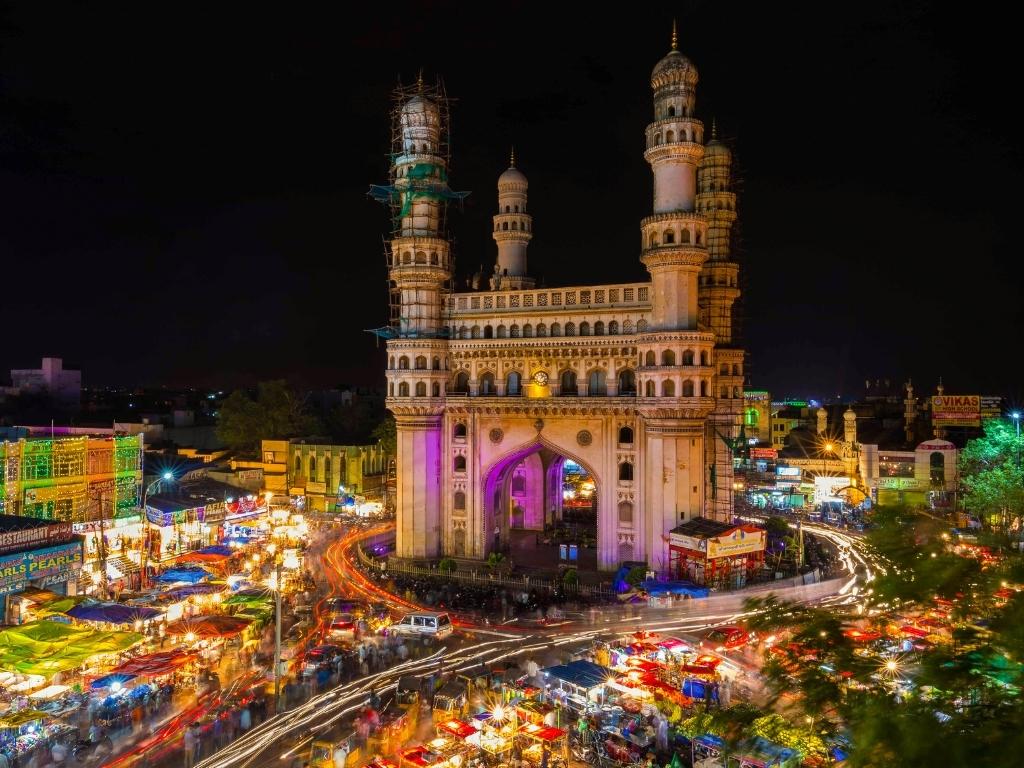Sajjangarh Fort in Udaipur: Why it’s Called the Monsoon Palace
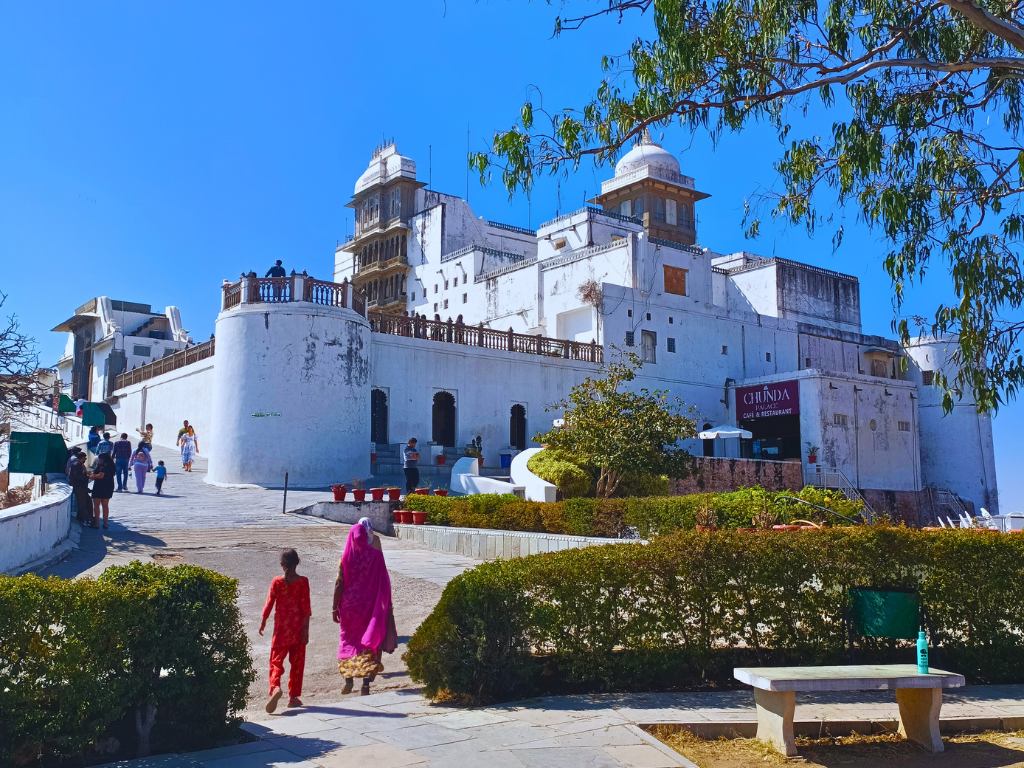
Sajjangarh Fort, better known as the Monsoon Palace, sits atop the Bansdara Hills, 944 meters above sea level. From here, you can see Udaipur’s shimmering lakes, green Aravalli ranges, and golden sunsets. Built in the 19th century by Maharana Sajjan Singh, it was designed to watch the arrival of the monsoon clouds, which were considered life-bringers in Rajasthan’s desert land.
A Little History About Sajjangarh Fort in Udaipur
Maharana Sajjan Singh ruled Udaipur for only a decade (1874-1884), but his leadership left a lasting mark and transformed Udaipur. He modernized the city with roads, dams, and water supply systems, and in 1881 made Udaipur the second municipality in India after Bombay. His forward-thinking governance was recognized even by the British, who honored him with the title of ‘Grand Commander of the Star of India’, awarded by Lord Ripon in 1881.
His dream for Sajjangarh was grand: a nine-story astronomical center to study stars and clouds. Sadly, his early death at 26 left the plan incomplete. His successor, Maharana Fateh Singh, finished it as a royal monsoon retreat and hunting lodge.
Surrounding the fort is the Sajjangarh Wildlife Sanctuary, once a royal hunting reserve. Today, it’s home to panthers, deer, jackals, wild boars, and countless bird species. Trekking through the sanctuary to the palace adds adventure to the visit. The nearby Sajjangarh Biological Park (opened in 2015) makes it a family-friendly spot too.
Why It’s Called the Monsoon Palace
Monsoon Palace was built to welcome the monsoon clouds. Royals gathered here to enjoy cool winds, misty hills, and rain-kissed sunsets. Even today, July to September is the best time to see Sajjangarh in its element.

Sajjangarh Fort: Architecture that Stuns
The Monsoon Palace is made of gleaming white marble. Intricate arches, jharokhas, domes, and turrets showcase Rajput elegance mixed with Mughal flair. Wide balconies open to sweeping views, while marble pillars with floral carvings add grace. At night, when lit up, the palace glows like a golden crown above Udaipur.
An impressive water-harvesting system once stored nearly 200,000 liters of rainwater, a sign of forward thinking in a region often dry.
Arrive at least 1 hour before sunset for the best views and climb up before evening. The terrace gives a 360° view of Udaipur, from Lake Pichola to Fateh Sagar. As the sun sets, the palace glows orange, the lakes shimmer, and the city feels magical. No wonder it’s called the best sunset point in Udaipur.
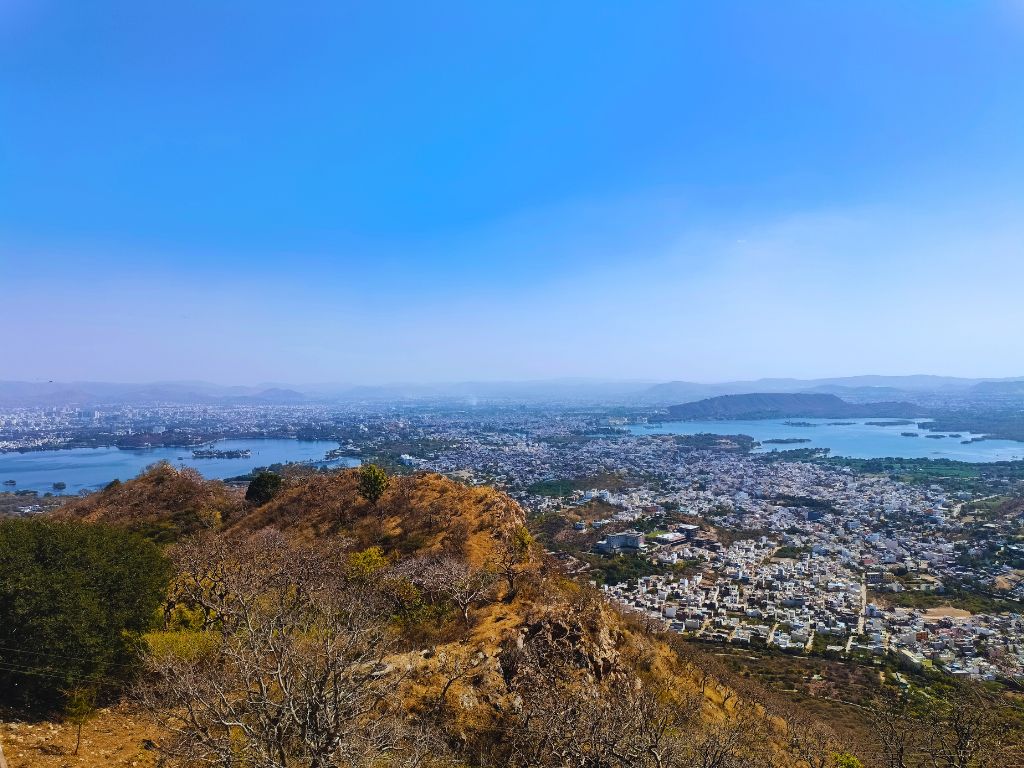
Wear comfortable walking shoes. Carry a camera, but be prepared for potential fees. Verify current entry fees, as they can vary significantly. To make the most of your trip, timing is everything. The monsoon season offers lush green landscapes, while winter provides clear skies perfect for sunset photography.
Whether you go for history, architecture, or simply the view, the Monsoon Palace promises an experience you’ll never forget.

